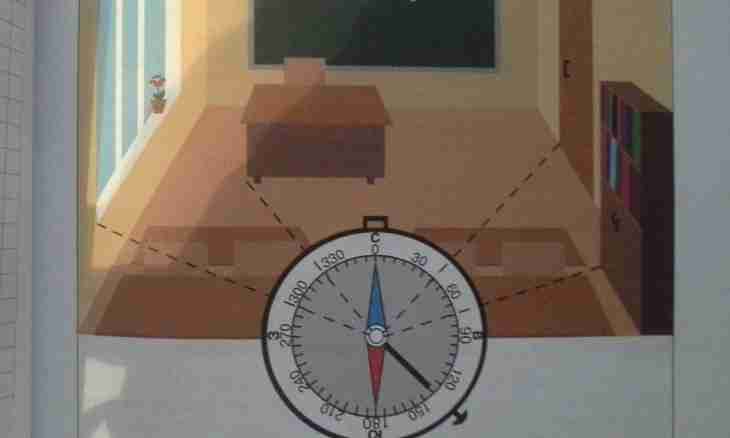Everyone at least once in the life had to walk in the forest and to think of what to do if you get lost. It is possible to be guided by areas differently, there is a lot of ways, the most widespread - a compass and well looked through objects of the surrounding area.
Instruction
1. The azimuth is a corner which is formed between the direction on any well looked through subject of the area and the direction on the North. Azimuths are calculated clockwise and their size - from 0 to 360 degrees. To define a magnetic azimuth of an object, take a compass and get up facing the designated object.
2. Put a compass on a horizontal plain surface face up and turn to the left, to the right until the arrow of a compass is established by the blue magnetized end opposite to letter C. It is also the direction on the North.
3. Now on a glass cover of a compass put a match so that one end passed it through the center of a compass, and another would be directed to the chosen area subject. Look through glass at a bottom of a compass and read figure which is under the external end of a match. This figure shows azimuth size.
4. The azimuth can be defined also on the card. For this purpose put a compass on a side edge of the card, turn the card so that its side sawn-off shotgun coincided with the direction of a magnetic needle of a compass on the North. The top sawn-off shotgun of the card has to be over letter C. Then find a point with which the movement will begin on the card, connect it a straight line to a subject to which it is necessary to come. Later move a compass so that its center appeared on a starting point. The line on the card will be located opposite to a certain figure on a compass which will show value of an azimuth.
5. The azimuth calculated from a standing point regarding the area is called a direct magnetic azimuth. To find a way back, quite often use a concept of the return azimuth which by 180 degrees differs from direct. To define the return azimuth, it is necessary to add 180 degrees to a direct azimuth if it less than 180 degrees; or to subtract if it more than 180 degrees.

